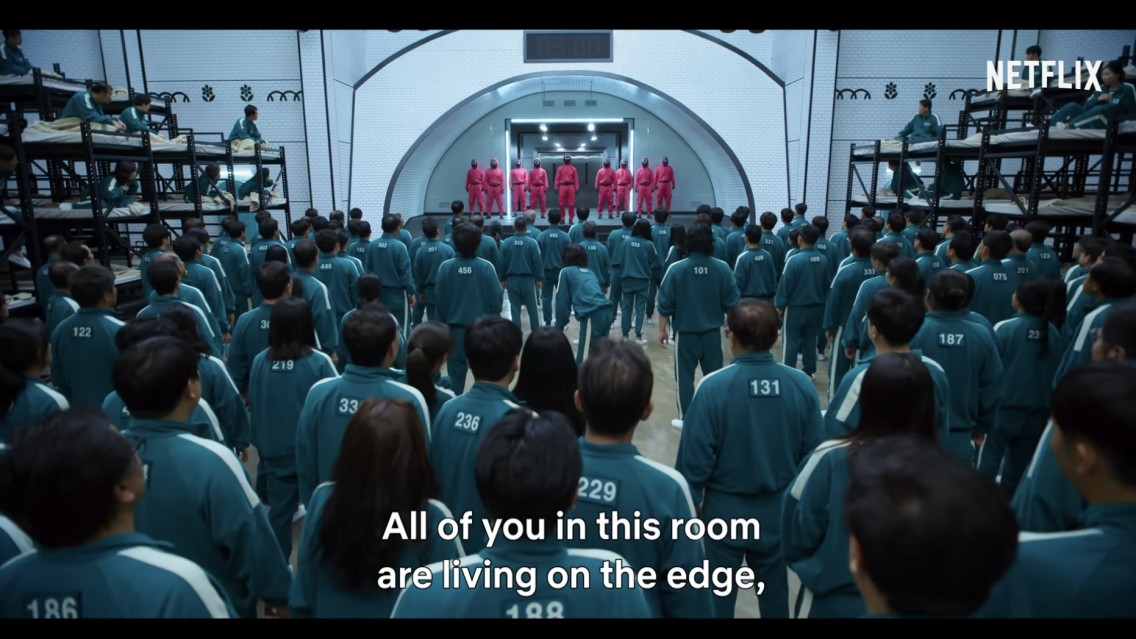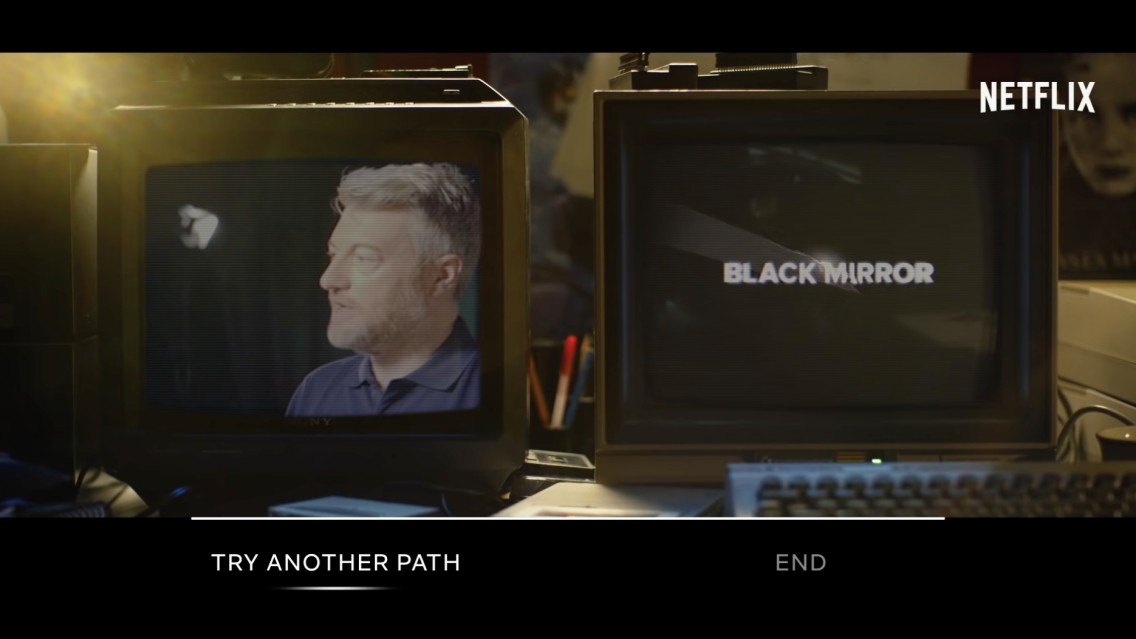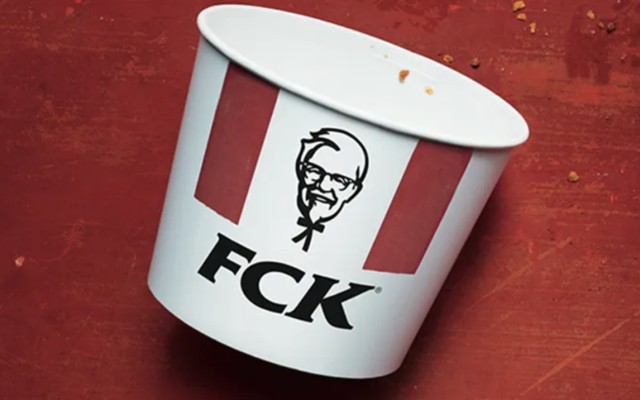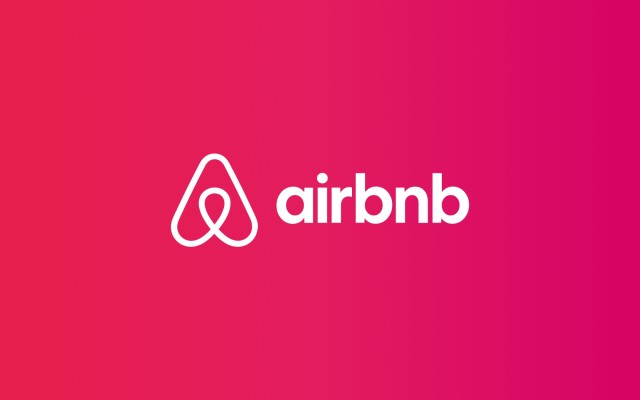 pivot your business to stay relevant?
pivot your business to stay relevant?
Success story
faster than the Hyperloop
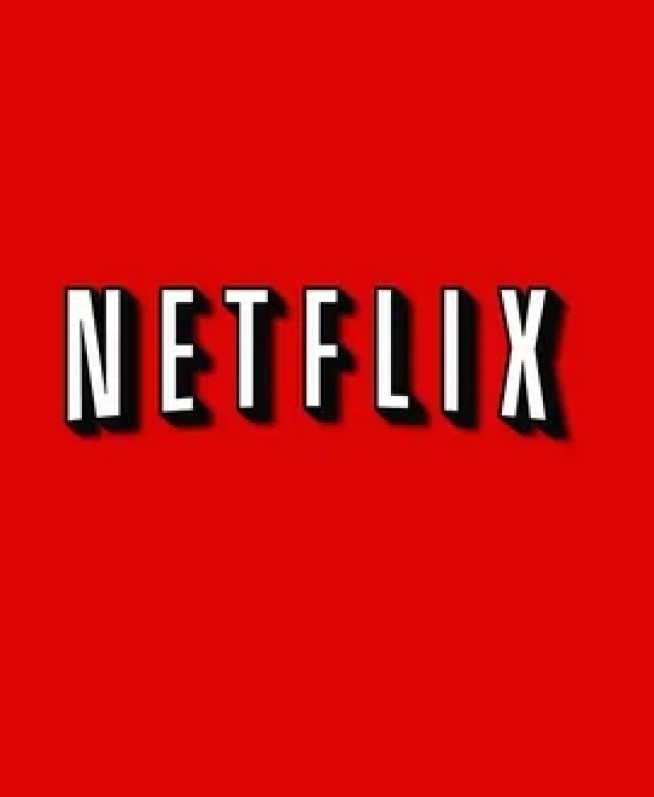
Netflix
The story behind the global entertainment giant
In this fast-moving world of technology, a once thriving business model can turn into an outdated and unprofitable one in no time. Adapting is important to stay relevant. Welcome to the captivating journey of how Netflix, once a humble DVD rental service, evolved into the global entertainment giant we know today.
From the days of waiting for red envelopes to the now ubiquitous phrase "Netflix and chill," this is a story of streaming, binge-watching, and the clever maneuvers that made Netflix a household name. Grab your popcorn! We're about to dive into the binge-worthy tale of Netflix's rise to success.
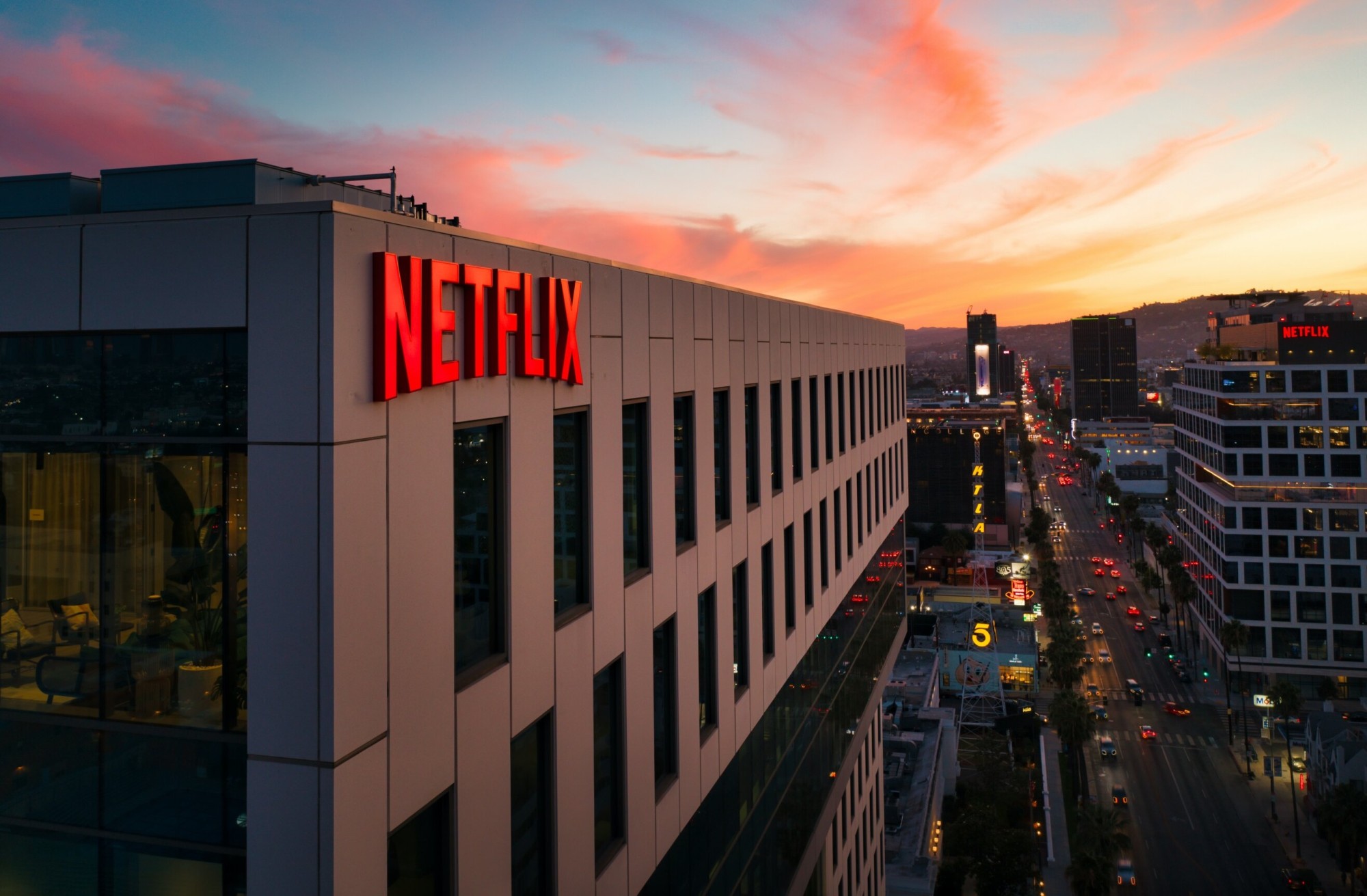




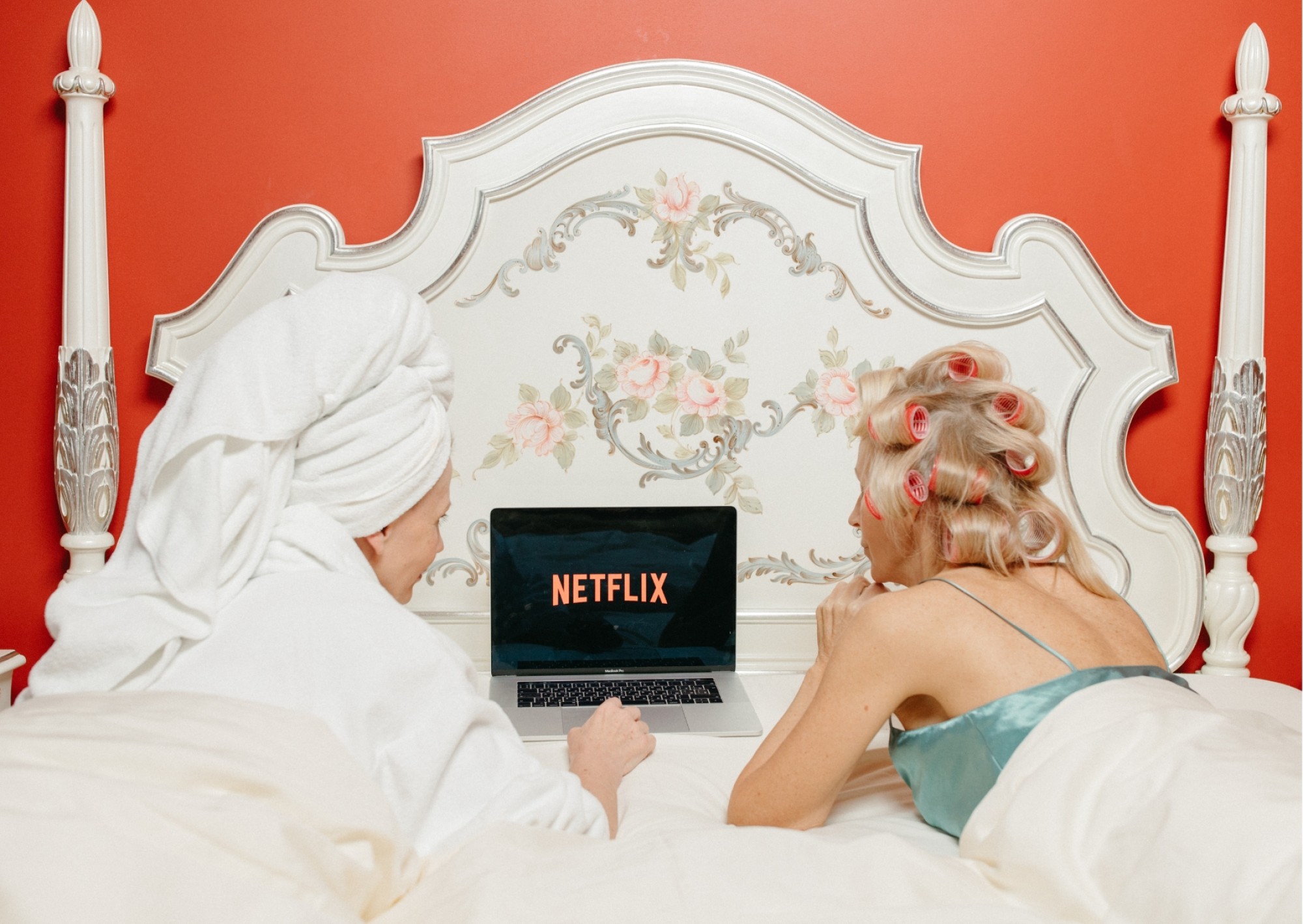
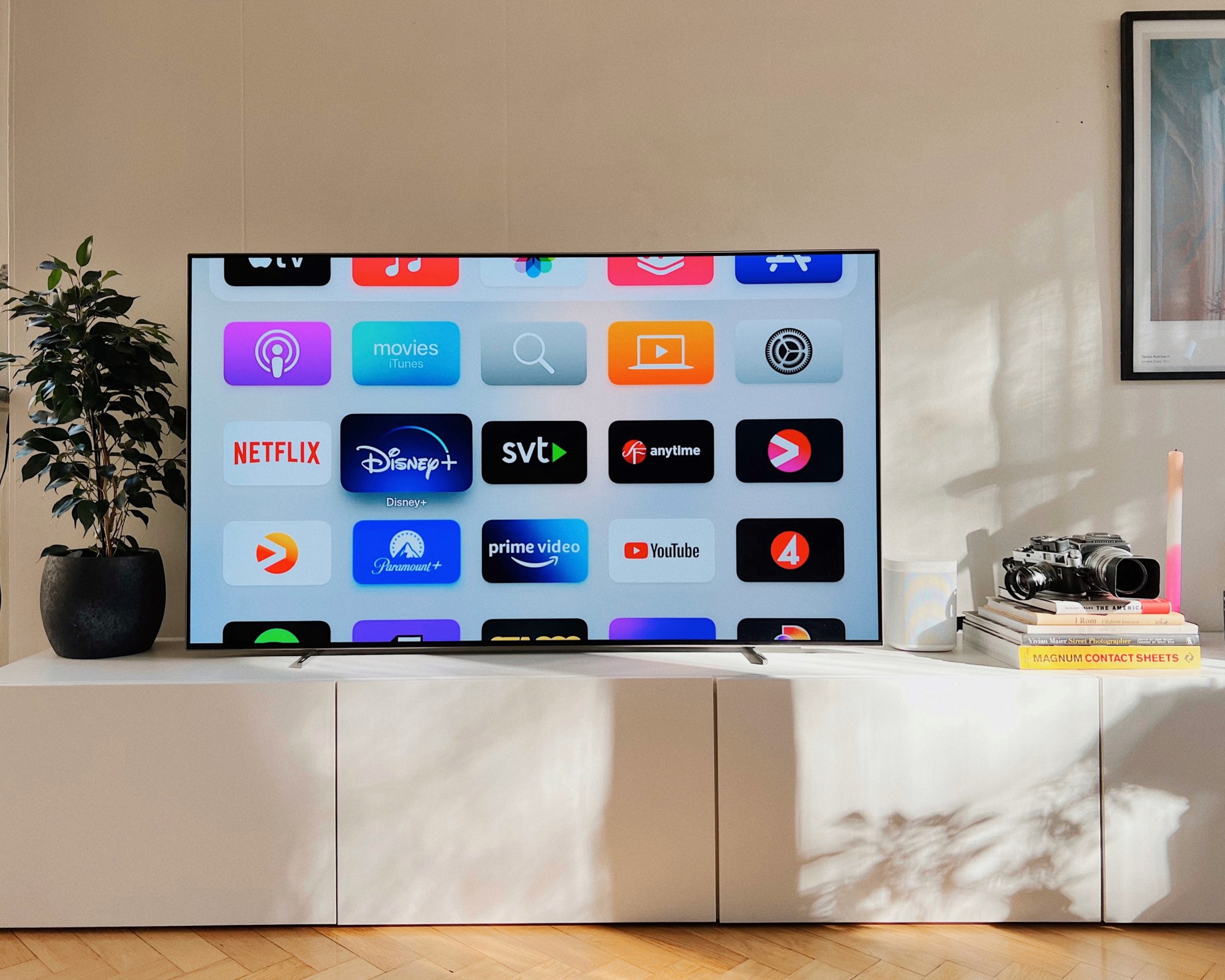
What piece of work is your biggest flex?
Articles

